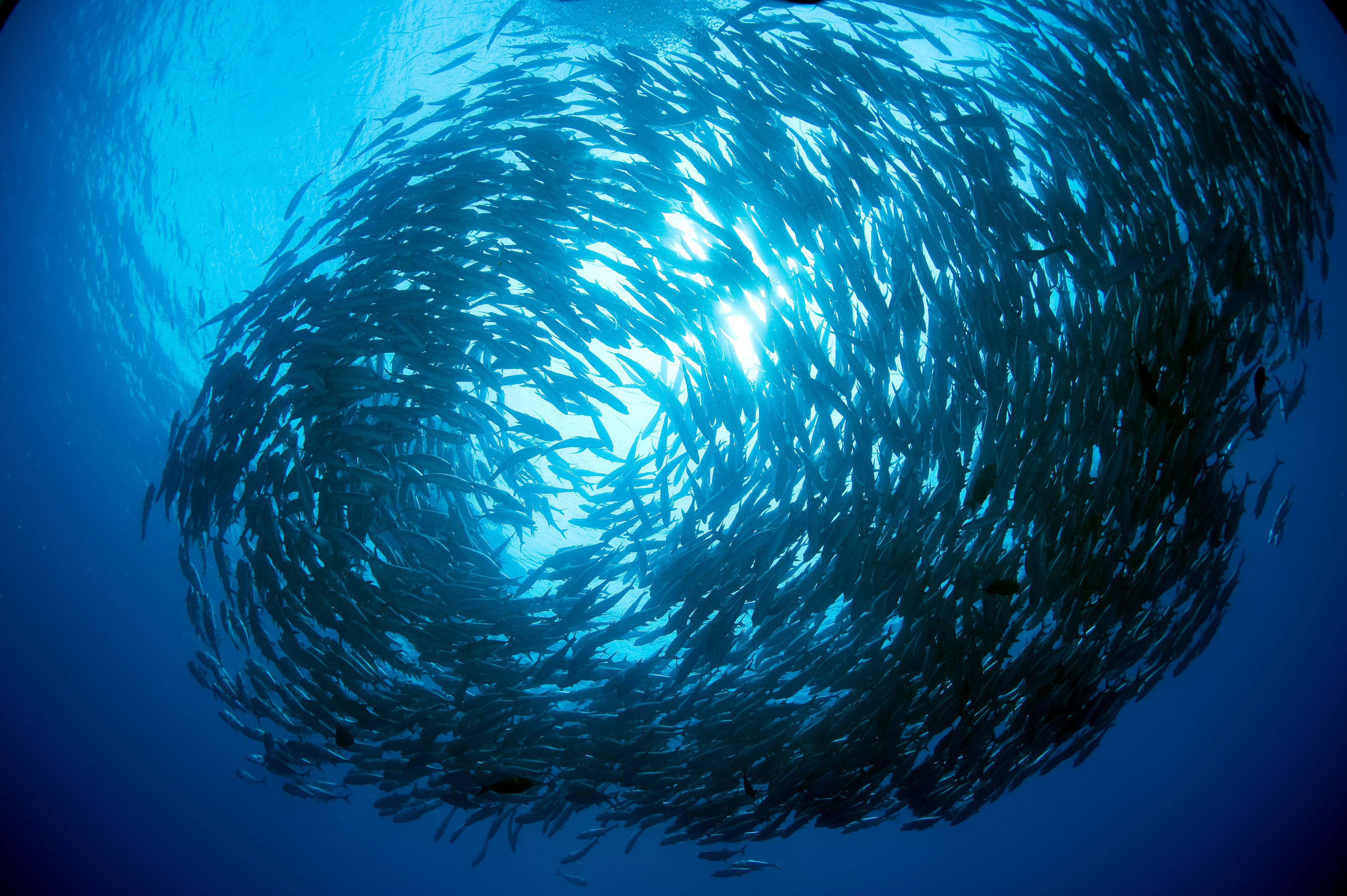Trawling ocean floor for fish has carbon footprint equivalent to global aviation
Only 7 per cent of the ocean is protected, but 30 per cent is needed to provide multiple benefits to humanity, according to a wide-ranging new study

Commercial fishing vessels which drag the ocean floor produce carbon emissions on a level with global aviation, according to a groundbreaking study, which has calculated for the first time the climate impacts of the widespread practice.
Bottom trawling is favoured by commercial fishing companies as the weighted nets drag up large quantities of fish in one go.
It has turned the seafloor from a carbon sink to a source of emissions, pumping hundreds of millions of tons of carbon dioxide into the ocean every year, a volume of emissions similar to those produced by flying.
The trawling emissions are also larger than the annual carbon footprint of all countries except the world’s top five emitters – China, the US, India, Russia and Japan.
Oceans act as a buffer to the climate crisis, absorbing more than 90 per cent of the planet’s heat trapped by human-caused greenhouse gas emissions.
The alarming discovery is part of a wide-ranging ocean study, from an international team of 26 marine biologists, climate experts, and economists, published in the journal Nature on Wednesday. The researchers used an algorithm to identify areas where protections would be most beneficial across three overlapping goals: protecting species, seafood production and tackling the climate crisis.
Read more:
The climate crisis is eating away at the trail of the world’s most famous dog-sled race
European droughts now worse than any over past 2,000 years, study shows
‘Absurd’ video of bitcoin mine hooked to an oil well sparks outrage
“The ocean floor is the world’s largest carbon storehouse. If we’re to succeed in stopping global warming, we must leave the carbon-rich seabed undisturbed,” said Dr Trisha Atwood of Utah State University, a co-author of the paper.
“Yet every day, we are trawling the seafloor, depleting its biodiversity and mobilising millennia-old carbon and thus exacerbating climate change. Our findings about the climate impacts of bottom trawling will make the activities on the ocean’s seabed hard to ignore in climate plans going forward.”
The countries which would have the greatest impact on curbing the climate crisis are the ones with both large national waters and industrial bottom trawl fisheries. Eliminating 90 per cent of the current risk of carbon disturbance due to bottom trawling would require protecting only about 4 per cent of the ocean, mostly within national waters.
Currently only 7 per cent of the ocean is being protected, although analysis shows that 30 per cent is the minimum needed to provide multiple benefits to humanity.
Priority locations are distributed throughout the ocean, with the vast majority within the 200-mile Exclusive Economic Zones (EEZs) of coastal nations. Additional protection targets are located in the high seas, in waters governed by international law. Those areas include the Mid-Atlantic Ridge (a massive underwater mountain range), the Mascarene Plateau in the Indian Ocean, the Nazca Ridge off the west coast of South America, and the Southwest Indian Ridge, between Africa and Antarctica.
The researchers say that it is a “myth” that ocean protection will cause food insecurity. Closing areas to fishing and other destructive practices leads to a sixfold increase in the biomass of fish within a decade, according to findings. Protecting the right areas will help replenish fish supplies in the surrounding areas boosting catches globally by more than 8 million tonnes (or 10 per cent of global catch in 2018).
“In this study, we’ve pioneered a new way to identify the places that – if strongly protected – will boost food production and safeguard marine life, all while reducing carbon emissions,” says Dr Enric Sala, explorer-in-residence at the National Geographic Society and lead author.
“It’s clear that humanity and the economy will benefit from a healthier ocean. And we can realise those benefits quickly if countries work together to protect at least 30 per cent of the ocean by 2030.”
The protection “blueprint” aims to help each country decide which areas to protect depending on their national priorities. But it’s also a plan that works best at the global level. If countries work together, it would take less than half of the ocean area to achieve 90 per cent of the maximum possible biodiversity benefit, according to the team.
At the UN Convention on Biological Diversity conference, scheduled for later this year, some 190 countries are expected to finalise an agreement to end the world’s biodiversity crisis, with a goal of protecting 30 per cent of the planet’s land and ocean by 2030.
Subscribe to Independent Premium to bookmark this article
Want to bookmark your favourite articles and stories to read or reference later? Start your Independent Premium subscription today.

Join our commenting forum
Join thought-provoking conversations, follow other Independent readers and see their replies